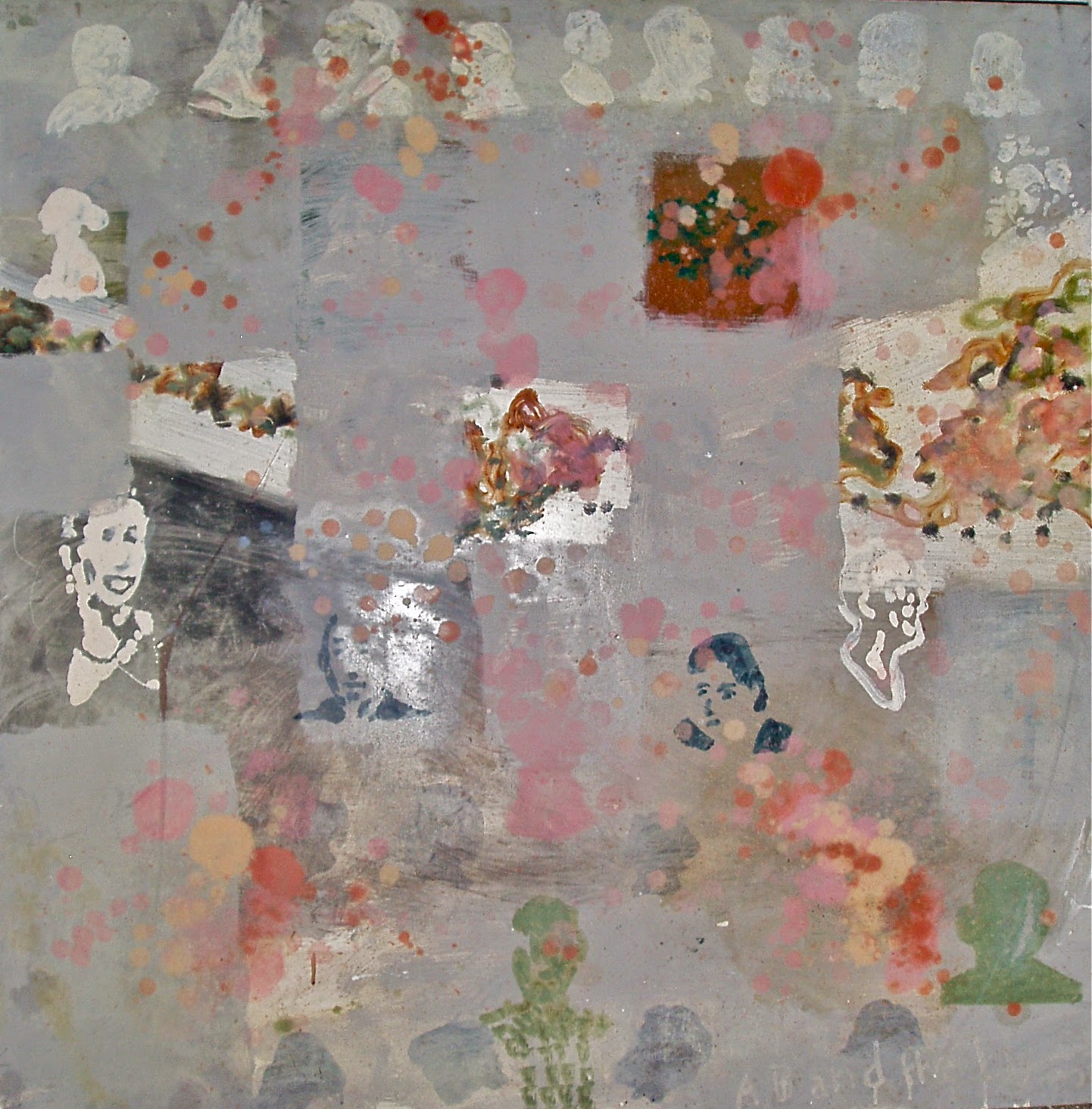 |
Fille Watutsi. Ruanda - Urundi
12" x 9", oil on board, 2014 |
Exoticism is a term used in art history designating western art works depicting ‘primitive’ scenes. Gaugain, in this context, is probably the best known exoticist. Exoticism started in the 19th century. The term is closely related to orientalism, a style in art that depicts scenes (or uses features) from the Near, Middle, and Far East, as well as North Africa. Both terms allude to the patronizing Western (white, male usually) artist who caters to a Western white male audience. (Images of harems were particularly in vogue.) “Exoticism, by one definition, is the charm of the unfamiliar,” (Wikipedia) or in more complex definition “born of the age of imperialism, possessing both aesthetic and ontological value, while using it to uncover a significant cultural otherness.” (Wikipedia: Victor Segalen) Orientalism is associated with the Neo-Classicist and Romantic styles of 18th and 19th century art, whereas exoticism started in the 19th century and persisted into the 20th. When the terms exoticism and orientalism are used these days it is usually not meant as a complement.
Exoticism and orientalism were but an excuse for male painters to paint exotic bare breasted females. In truth I’ve used the excuse myself. I had another excuse too: the Top 100. Only in 2006 I vowed to abort this unseemly practice. Yet the definitions forwarded maintain to be a major factor in my practice. “The charm of the unfamiliar” and “to uncover cultural otherness” continue to inform my Top 100 series. Even worse than the true exoticist I do not travel to exotic places to record images first hand, I take them from photographers and the adventurers who were ambitious enough to do so. I am couch tourist as it were. Personally I extend the definition of exoticism to a much broader use which includes the work of anthropologists, musicologists, and other sciences that study material found in cultures and lands far away, and even to tourists who travel exotic locations. Much of the music in the top 100 was recorded by those who indeed felt that urge to “uncover cultural otherness.”
Exoticism (or orientalism) in music typically refers to classical music from the 19th century such as the opera Aida by Giuseppe Verdi, but can be applied to any music that used ‘exotic’ sounds in the composition at any time in history. “The pervasive impact of racial perceptions and realities on the production and consumption of music clearly shapes musical exoticism.” (Exoticism, W. Anthony Sheppard) What I’m interested in, however, are not exotic elements in Western music, but recordings made in ‘exotic’ cultures. These recordings can be both commercial, with questionable intentions, or academic ‘field’ recordings that have scientific integrity. The latter, of course, more interesting, but both genres equally ‘exotic’ and both have a function in the documentation of such cultures.
The medium par excellence for exoticism is however photography. From the ‘kitsch’ erotically motivated postcards of the 19th and 20th century, via amateur tourist snapshots, to the academic anthropological documentation, photography as no other medium, has exoticism engrained in its essence, as it by definition almost, seeks to “uncover a significant otherness.” The photograph I used as a source for the painting above, is a vintage postcard depicting a Watusi girl from 1960. The recording it illustrates is Akazéhé, par une jeune fille, was made in Burundi in 1967 by Michel Vuylsteke. It appeared on Burundi: Musique traditionelles, my favorite ‘exotic’ record in this year’s top 100.

























.jpg)

.jpg)